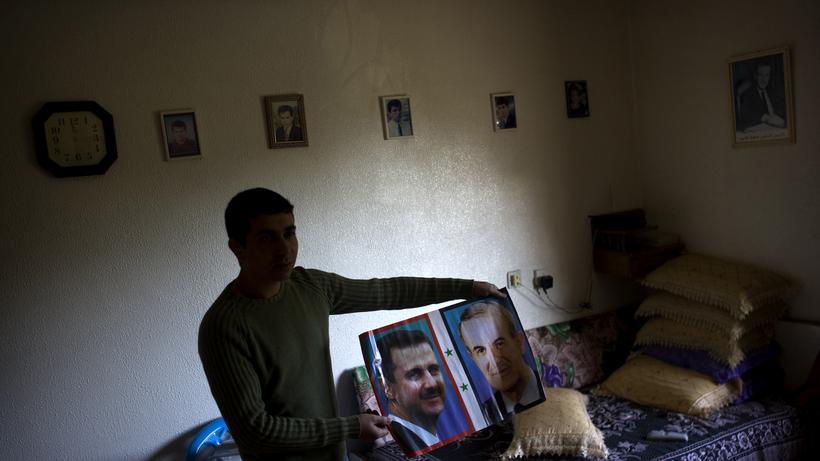
Ameenah Sawwan:
' "The father of all Syrians has left us." Those were the words used on Syrian national television to announce the death of Hafez al-Assad on June 10, 2000, a sweltering summer day in the Syrian capital of Damascus. I was just nine years old, but I knew this was something big – and I was terrified. I ran to my uncle's house across the street to find my cousin. She was on the first-floor balcony, so I called to her from the street: "He died, he died, Hafez al-Assad is dead!" My cousin, who was a little older than me, quickly ran downstairs to put her hand over my mouth. She didn’t believe me until I told her to turn on the TV and see for herself.
The only way to describe how we felt in that moment of uncertainty – after three decades of Hafez al-Assad as president – is that Syrians were afraid of what the future might bring. Hafez al-Assad had served as president of Syria since 1971 and was responsible for establishing an authoritarian government under the control of the Ba'ath Party. He had held many important positions in government – the last as minister of defense – before seizing power himself in 1970, when he toppled President Salah Jadid and appointed himself the undisputed leader of Syria.
Hafez locked Salah Jadid away in the Mezze Prison in Damascus, where Jadid remained until his death in 1993. To Syrians and the outside world, the coup seemed calm and bloodless and the only evidence of change was the disappearance of free newspapers, radio and television stations. After that, all media was controlled by the state.
Hafez Assad called his military coup "The Corrective Movement" and it is still celebrated as a national holiday known as 16 November Day, when the Arab Socialist Ba'ath Party celebrates its so-called "accomplishments". Hafez al-Assad's real achievement, though, was the lengths he was willing to go to hang on to power after the coup. One of the most notorious incidents took place in 1982 in Hama. The Muslim Brotherhood used mosque loudspeakers to urge people to take to the streets in protest against Hafez al-Assad and kill one of the leaders of the Ba’ath Party. In response, the dictator ordered his army to crush the movement, with troops ultimately demolishing half of Hama Province and killing more than 10,000 civilians.
Born in the 1990s, I did not experience this history that shaped today’s Syria. I grew up in Muadamiyat al-Sham, a suburb in the western part of Damascus, a community where people would talk about everything, but would change the subject immediately if politics came up. This was not only true for my family, but for every family who lived there.
Many people in this community have now left Syria in the wake of the revolution that began in 2011. It all started with peaceful demonstrations, but very soon the soldiers and militias of Bashar al-Assad began to brutally suppress these protests. They arrested and killed demonstrators and activists and shot at innocent people in the streets. As the conflict turned first into a civil war and then into a proxy war, many people had to flee to neighbouring countries. It had become too dangerous to stay in Syria.
I was also forced to leave at the end of 2013. I was about to be arrested, but was able to get out even as other members of my family were arrested by the Assad regime. After a long journey, I ultimately ended up in Berlin, where I now have the opportunity to help Syrian voices to be heard.'
No comments:
Post a Comment